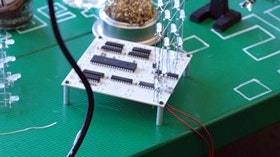Homepage
•
Learning Library
•
Blog
•
What can educators learn from the maker movement?
Expand breadcrumbs
Expand breadcrumbs
- Learning Library
- Blog
- What can educators learn from the maker movement?
- Homepage
- •
- Learning Library
- •
- Blog
- •
- What can educators learn from the maker movement?
What can educators learn from the maker movement?
By Sylvia Martinez
February 3, 2014








